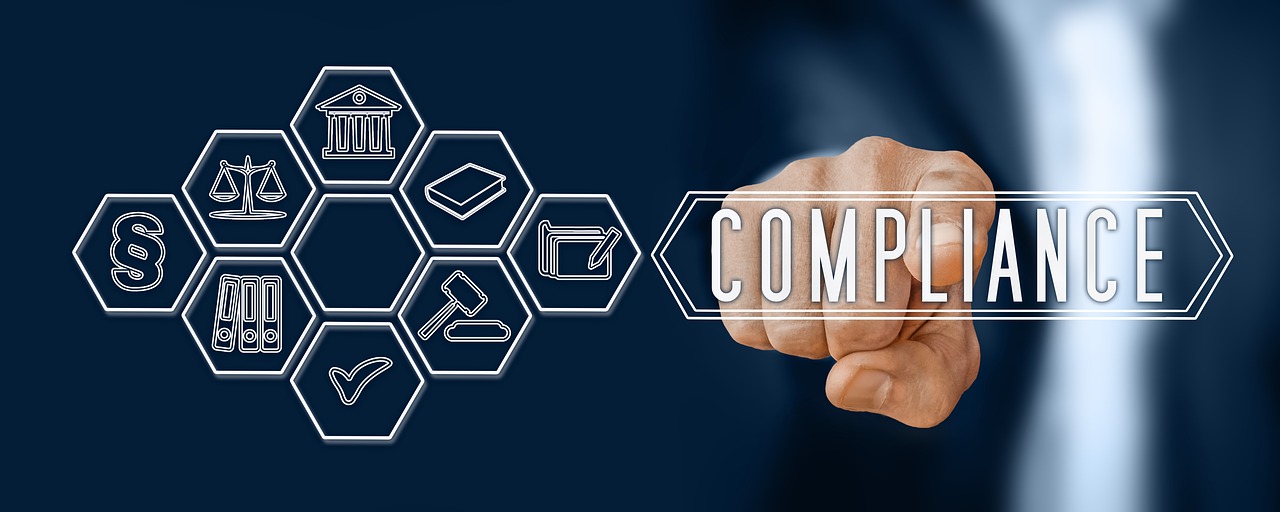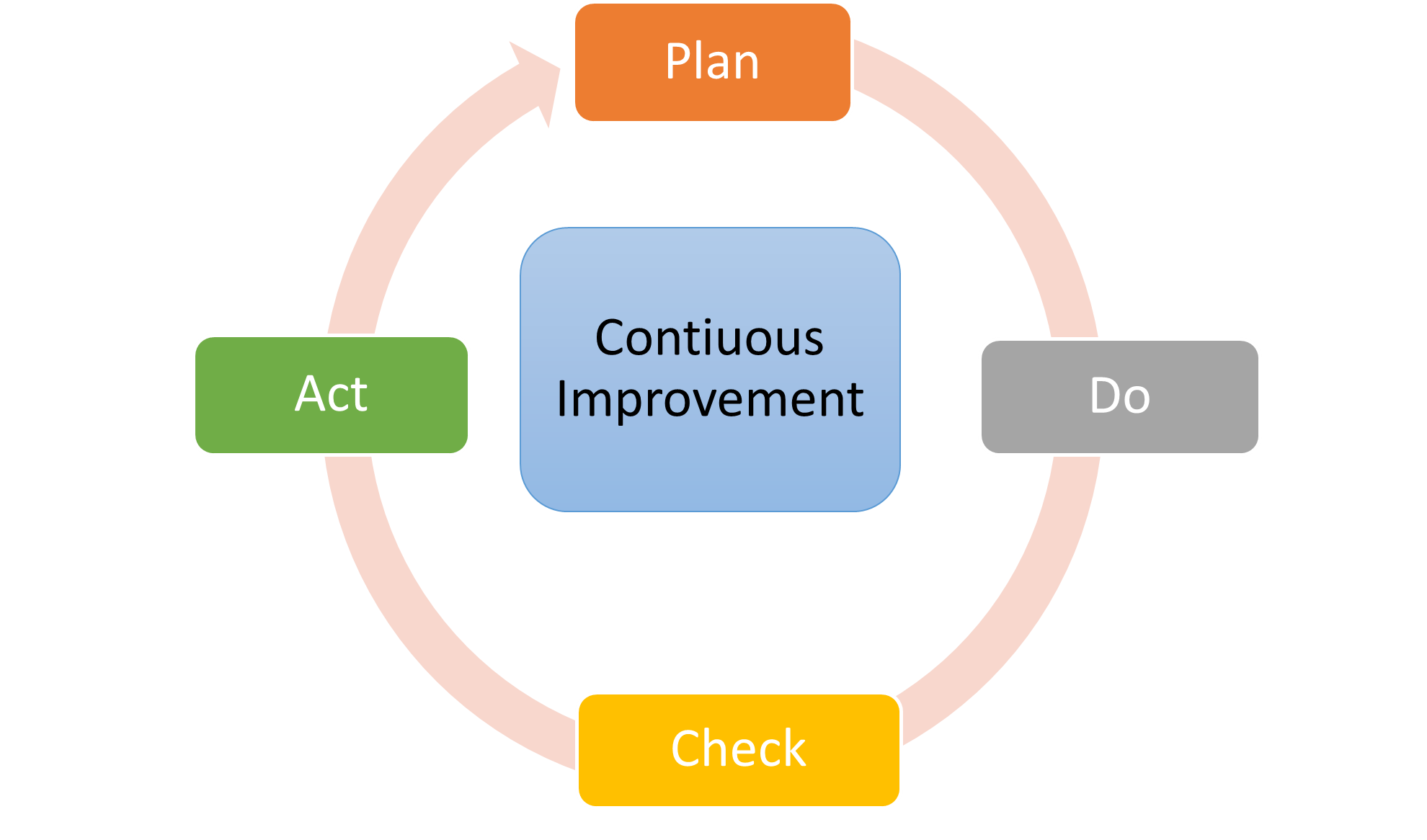| N/A | 6.1 Actions to address risks and opportunities (title only) | See clauses 6.1.1 to 6.1.4. |
| N/A | 6.1.1 General | This clause summarizes the process planning approach. It specifies the necessity to: - consider risks and opportunities of environmental aspects, and
- tackle compliance obligations and other issues (per clauses 4.1 and 4.2).
The final environmental goal for the organization is to: - achieve the expected results,
- reduce undesirable effects, and
- improve the EMS.
|
| 4.3.1 Environmental aspects | 6.1.2 Environmental aspects | This clause details how to determine the environmental aspects of an organization’s activities, products, and services. It also requires considering: - life cycle perspective, and
- the relation between risks and opportunities vs. negative and beneficial environmental impacts.
|
| 4.3.2 Legal and other requirements | 6.1.3 Compliance obligations | This clause requires the organization to: a) determine and have access to compliance obligations relating to its environmental aspects b) establish a link between the obligations and the organization, and c) take these obligations into account towards continuous improvement. Note: obligations can lead to corporate risks but also opportunities. |
| N/A | 6.1.4 Planning action | Here, the clause details how to deal with: - significant environmental aspects,
- compliance obligations, and
- risks & opportunities,
by developing action plans. The EMS, as well as other processes (e.g., quality, health, and safety), must be able to support such action plans and evaluate their effectiveness. |
| 4.3.2 Objectives, targets, and programmes(s) | 6.2 Environmental objectives and planning to achieve them (title only) | See clauses 6.2.1 and 6.2.2. |
| 4.3.2 Objectives, targets, and programmes(s) | 6.2.1 Environmental objectives | According to this clause, objectives must: - stem from the environmental policy,
- come with performance indicators with due dates and deadlines, and
- be communicated.
|
| 4.3.2 Objectives, targets, and programmes(s) | 6.2.2 Planning actions to achieve environmental objectives | Here, achieving environmental objectives requires all business processes (environmental, quality, health, and safety) monitoring the planned actions. |






